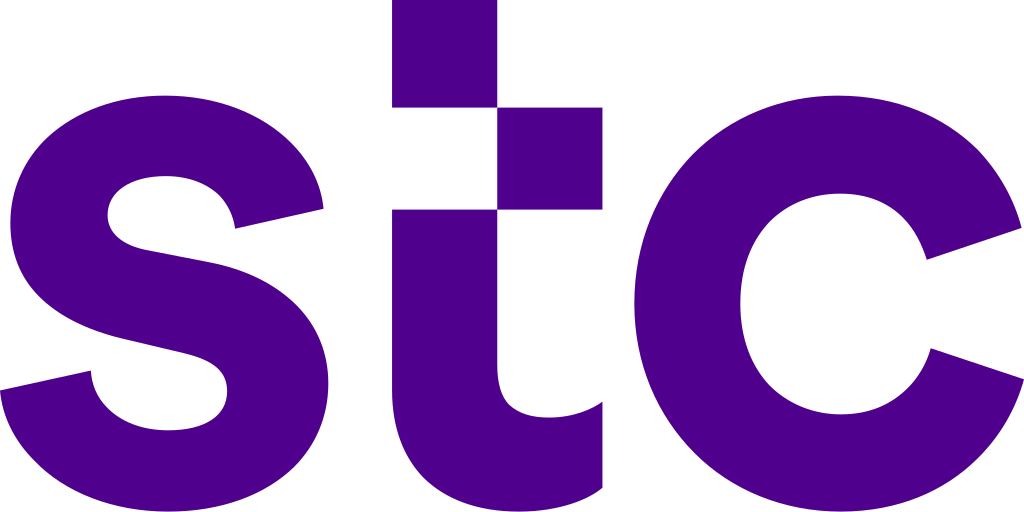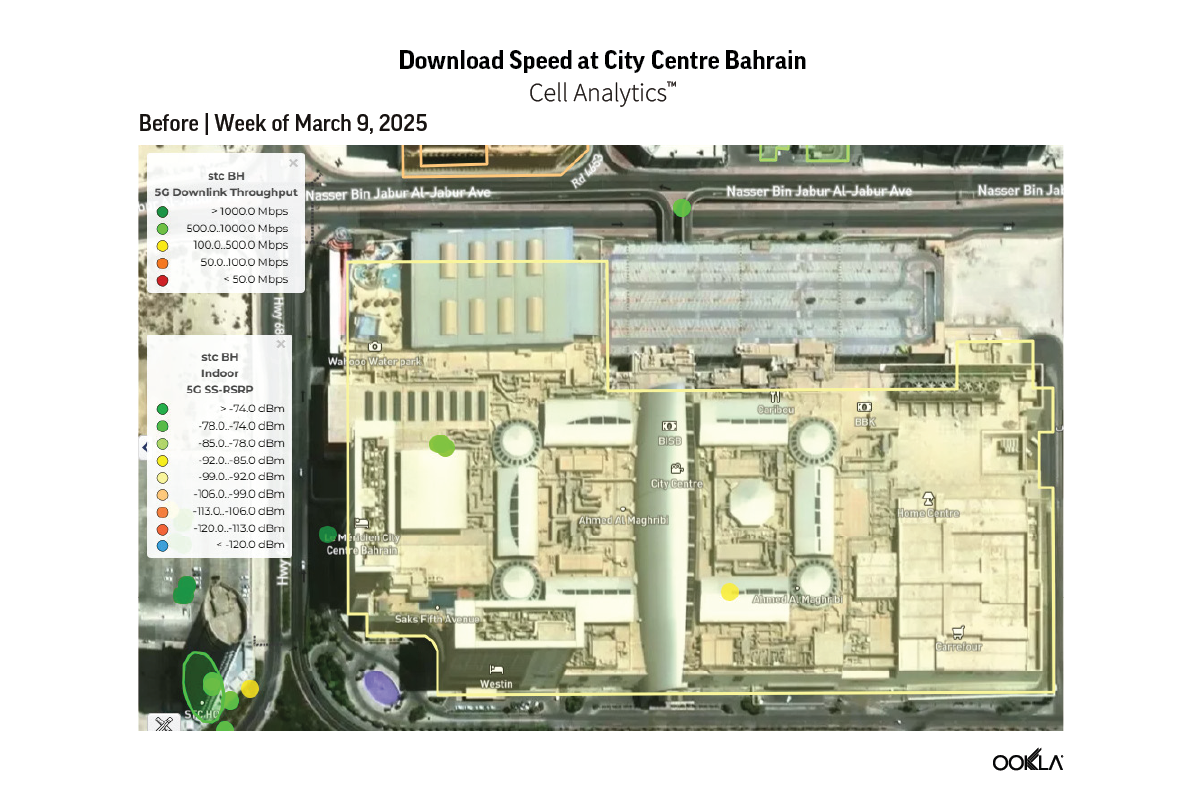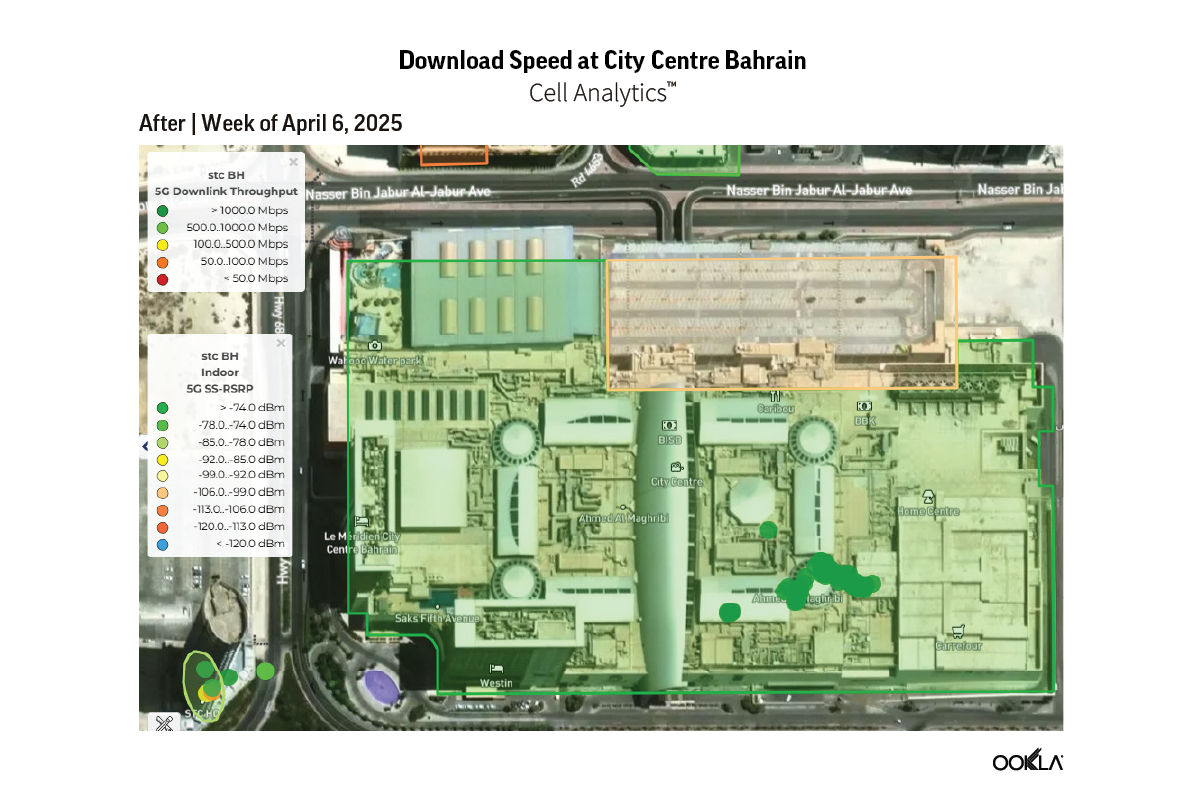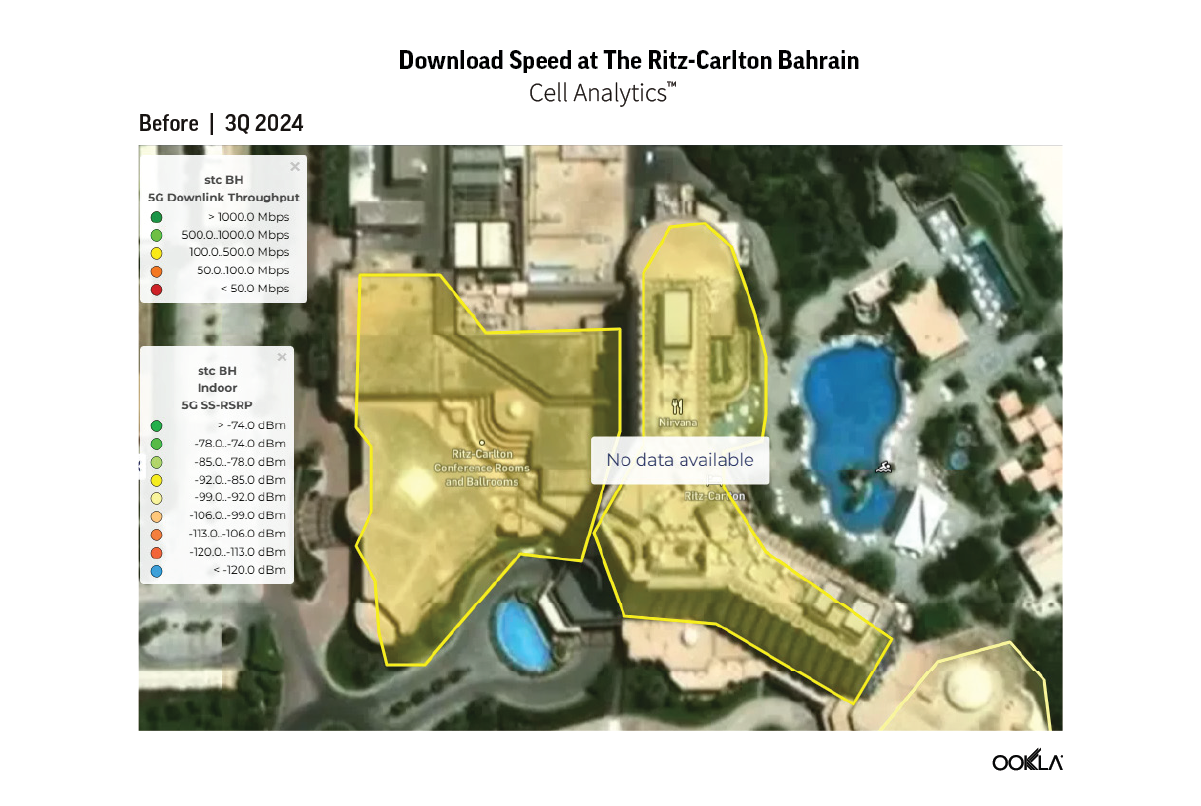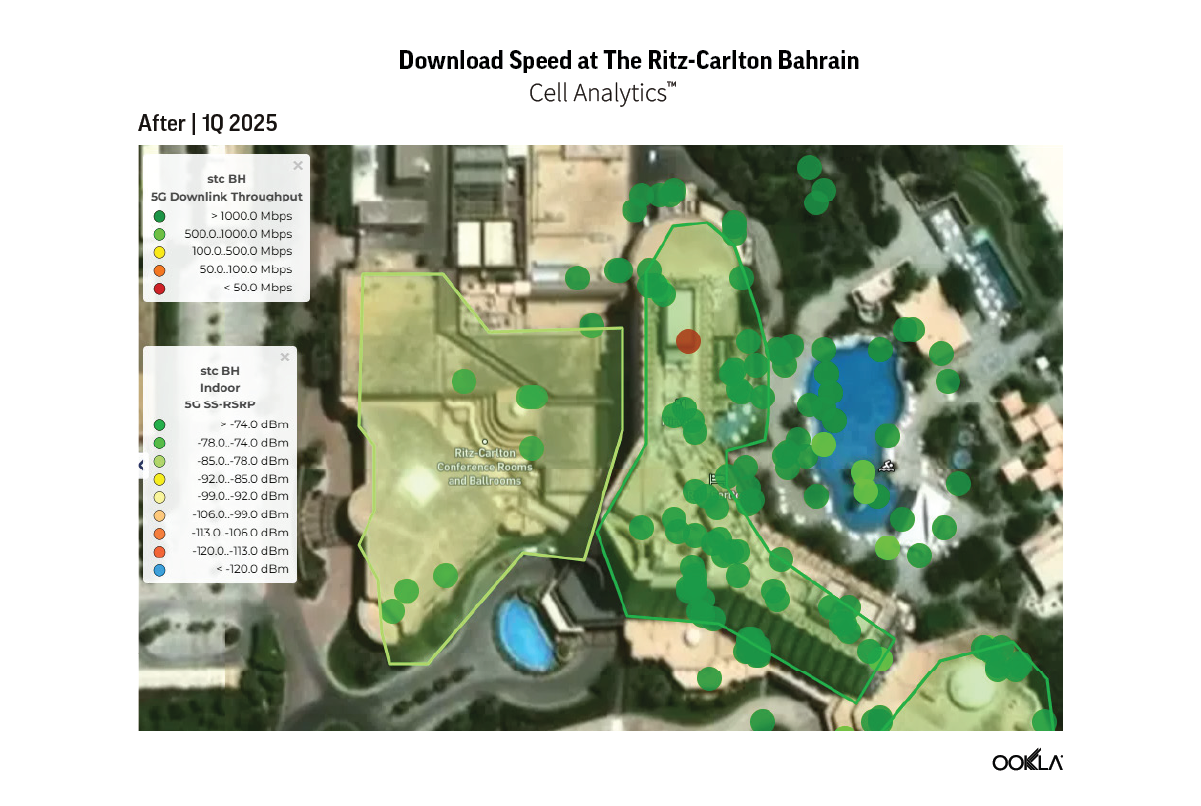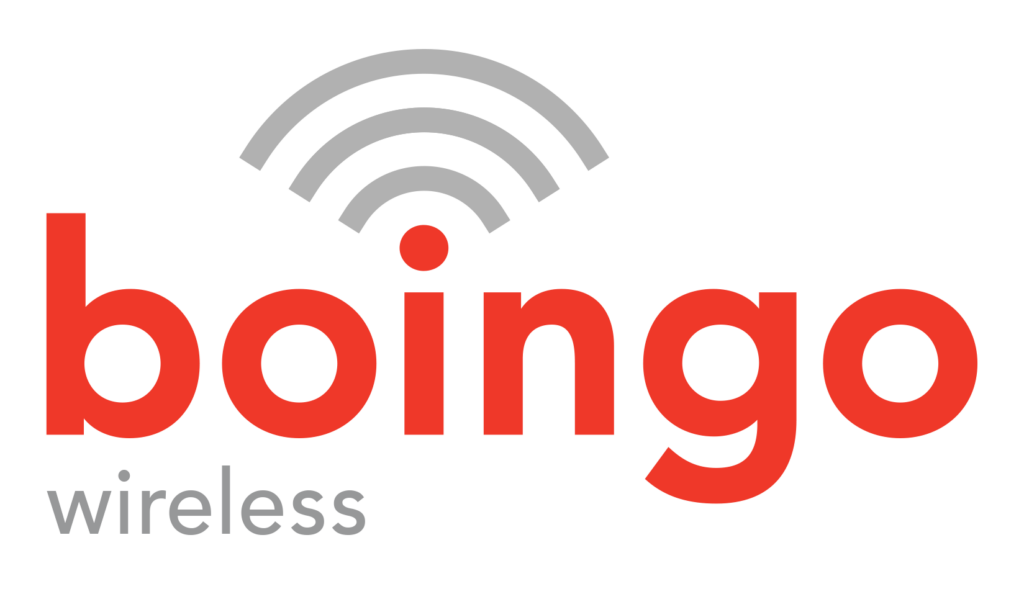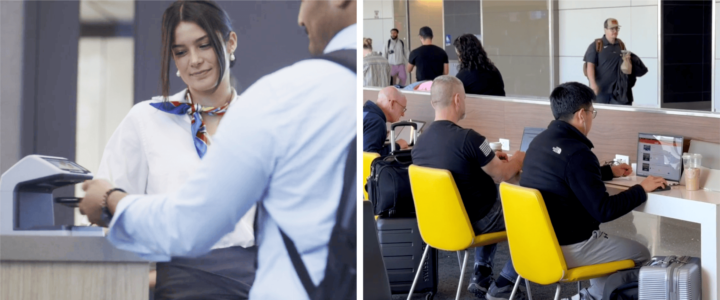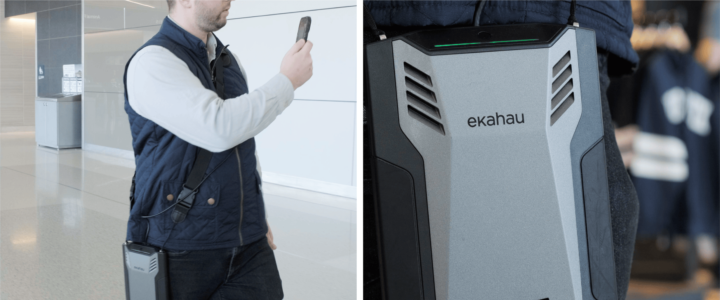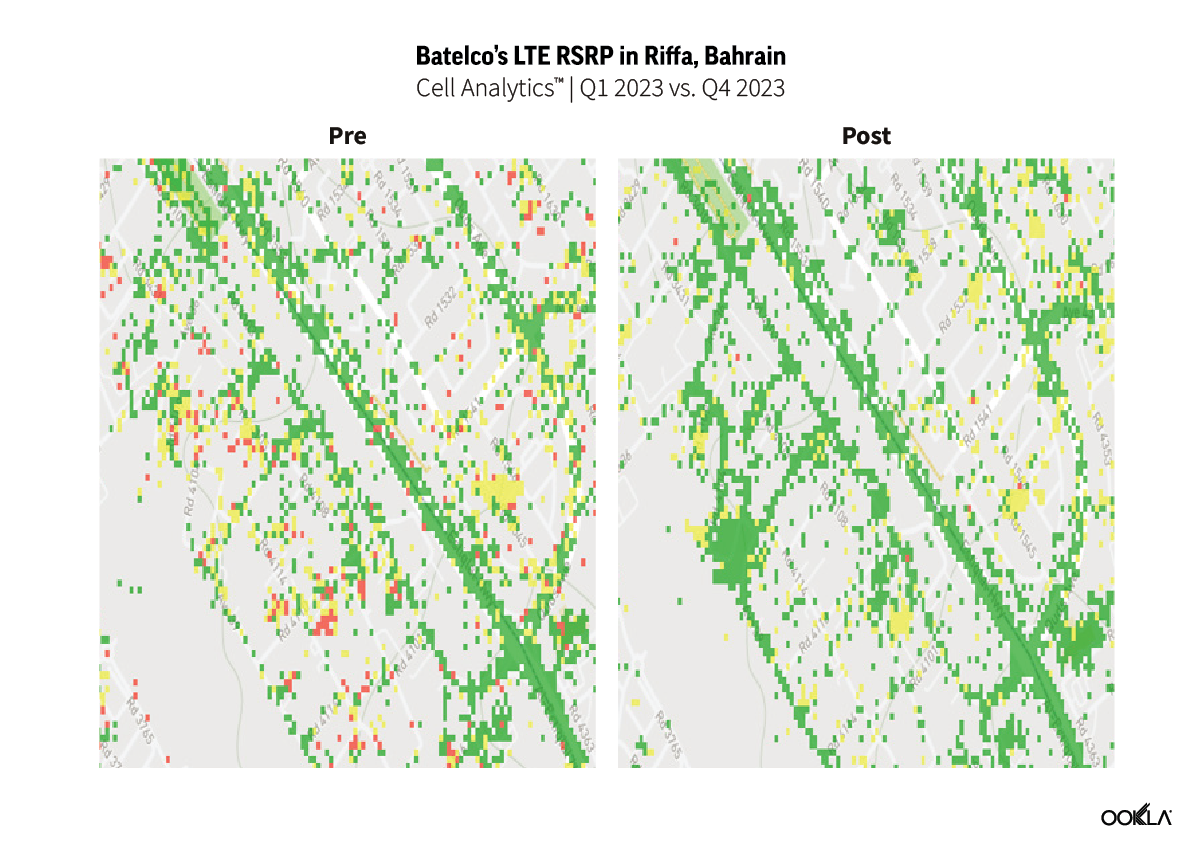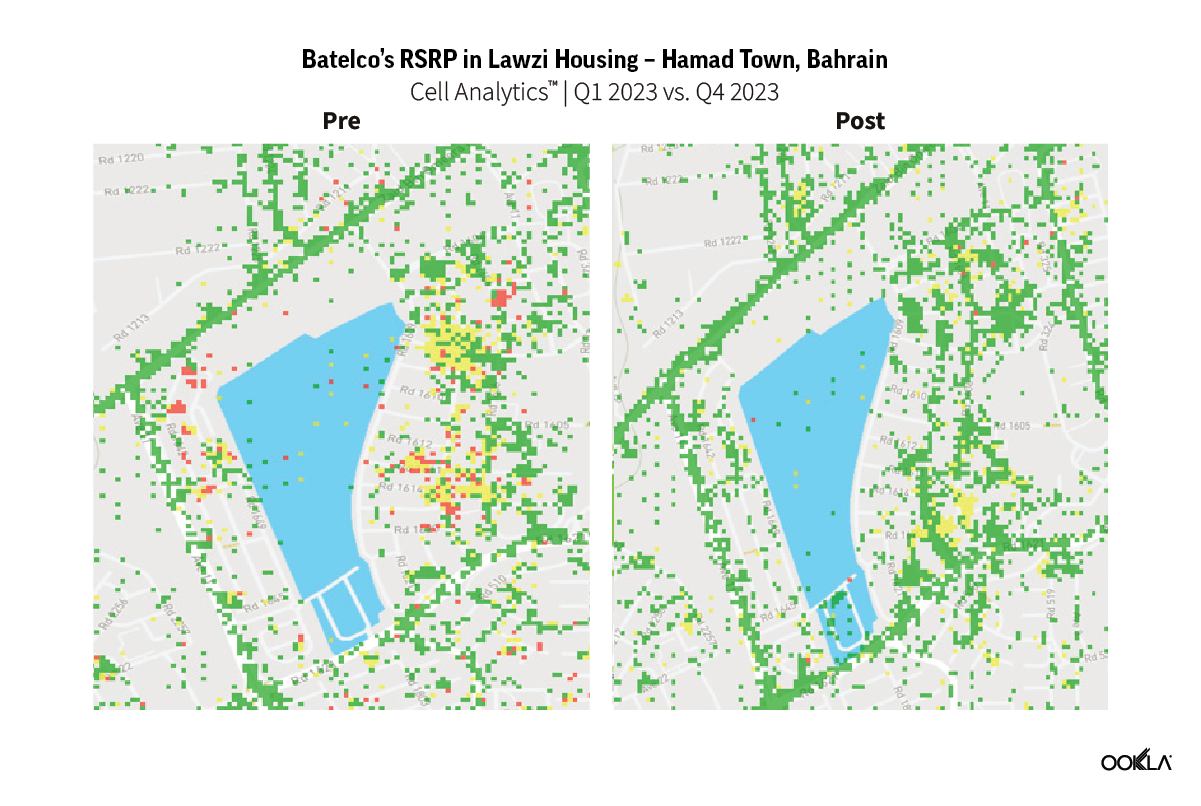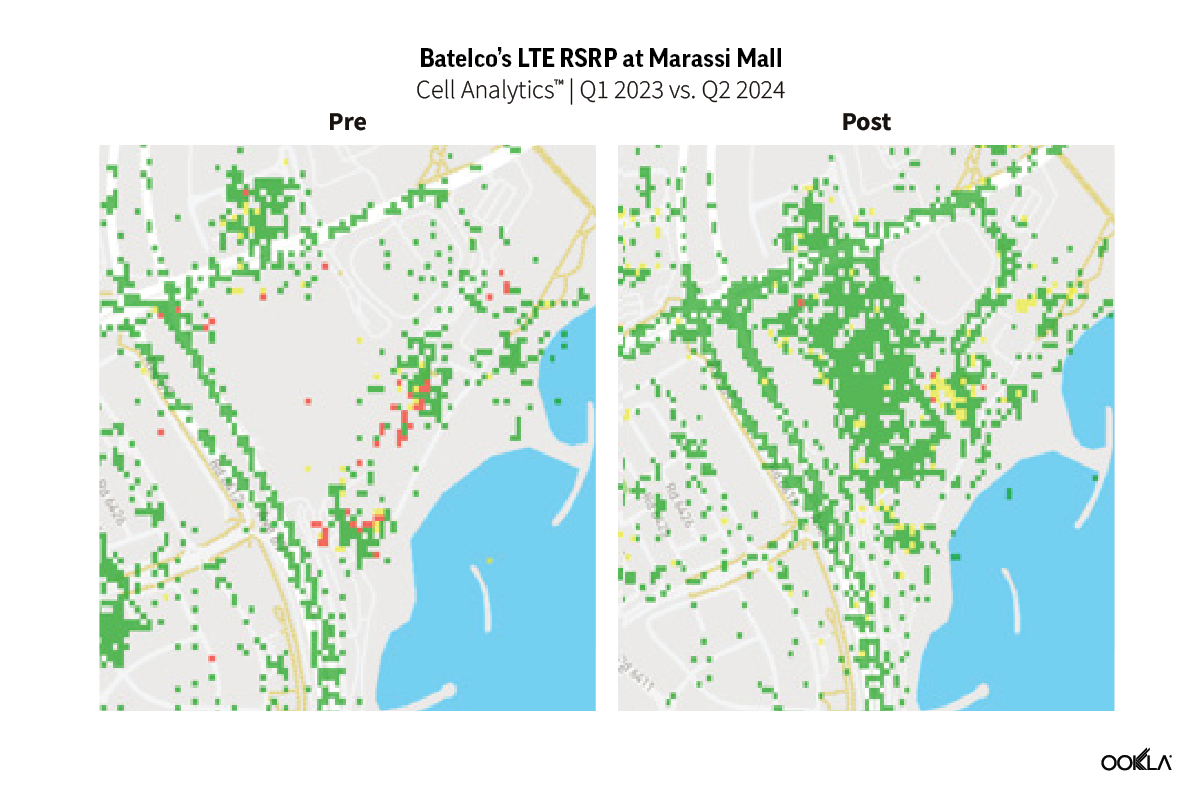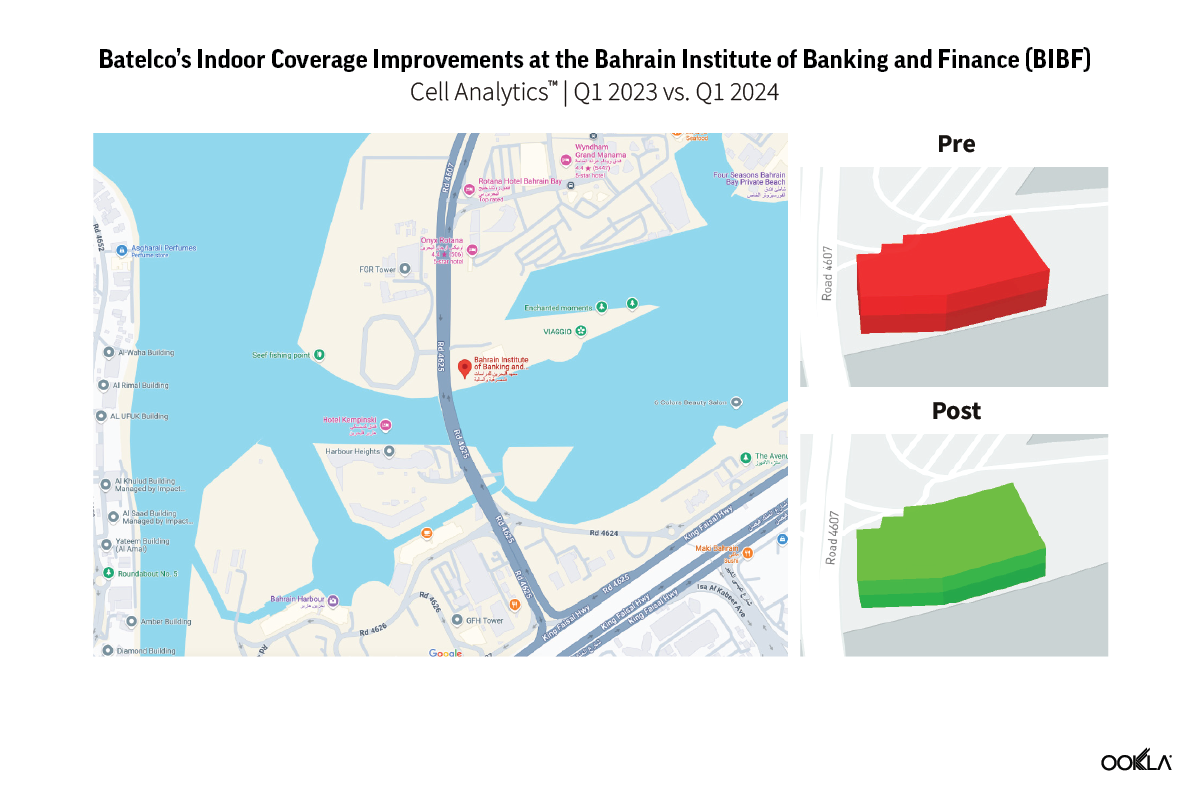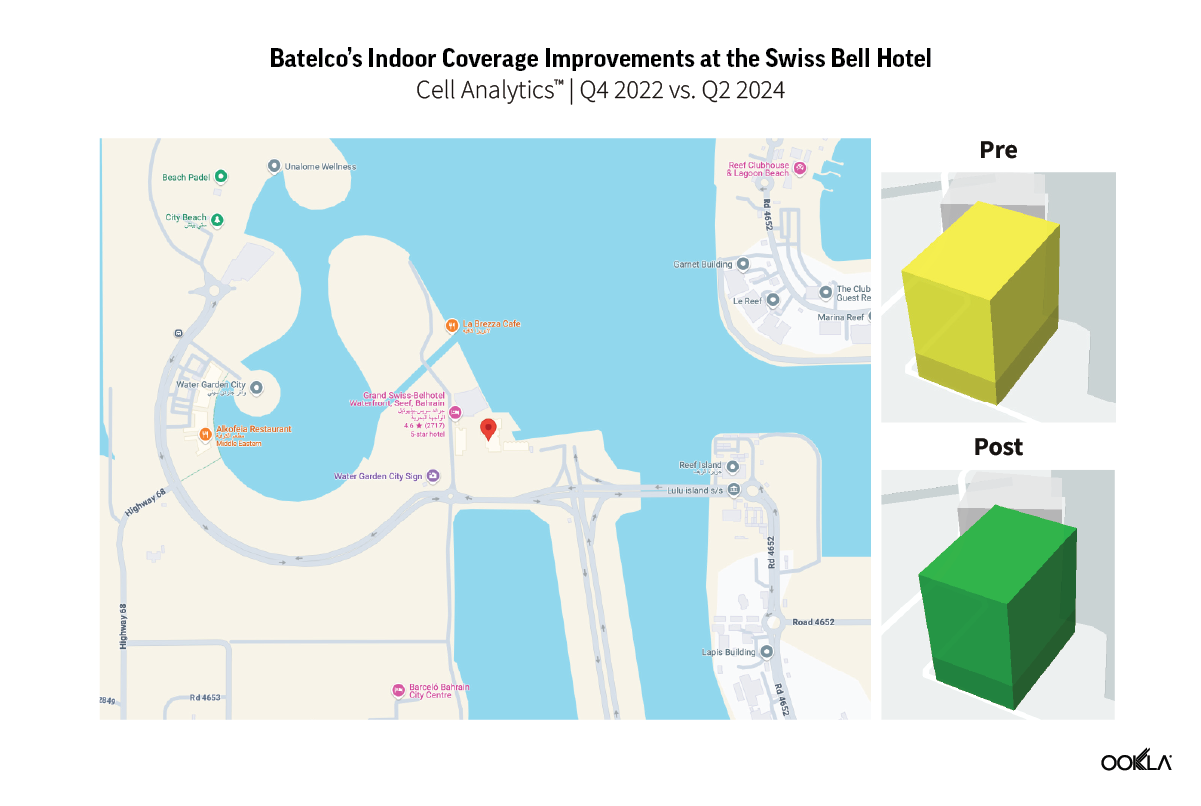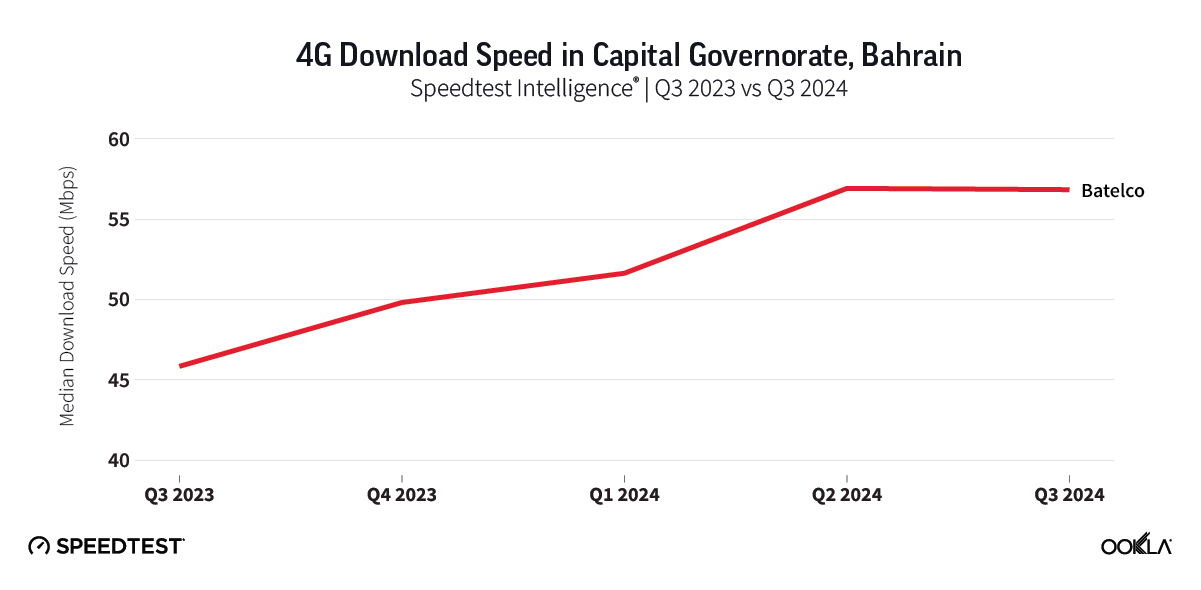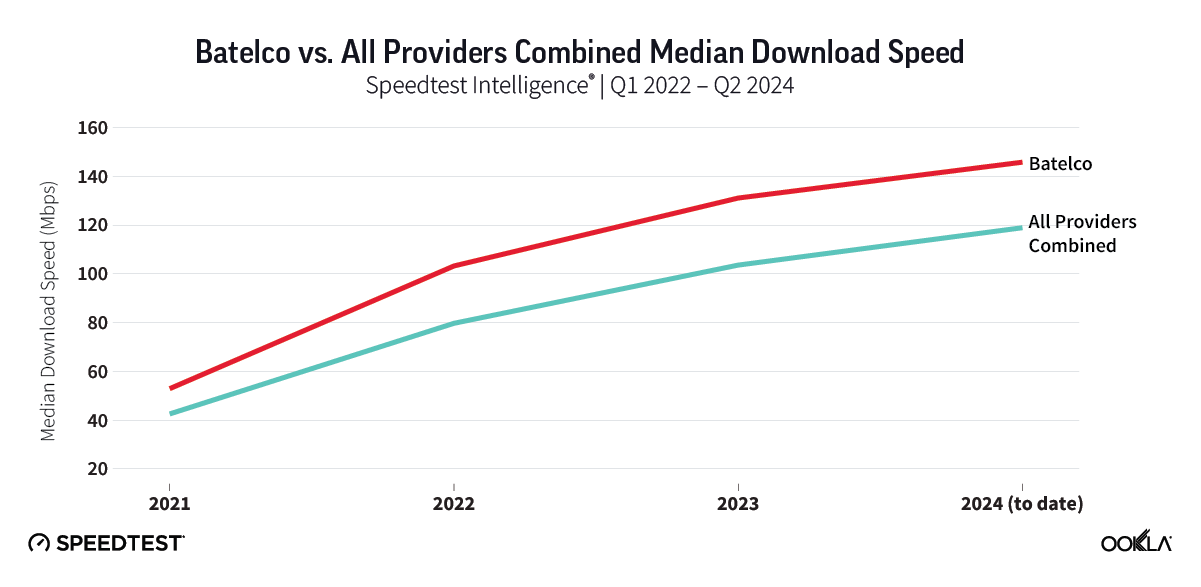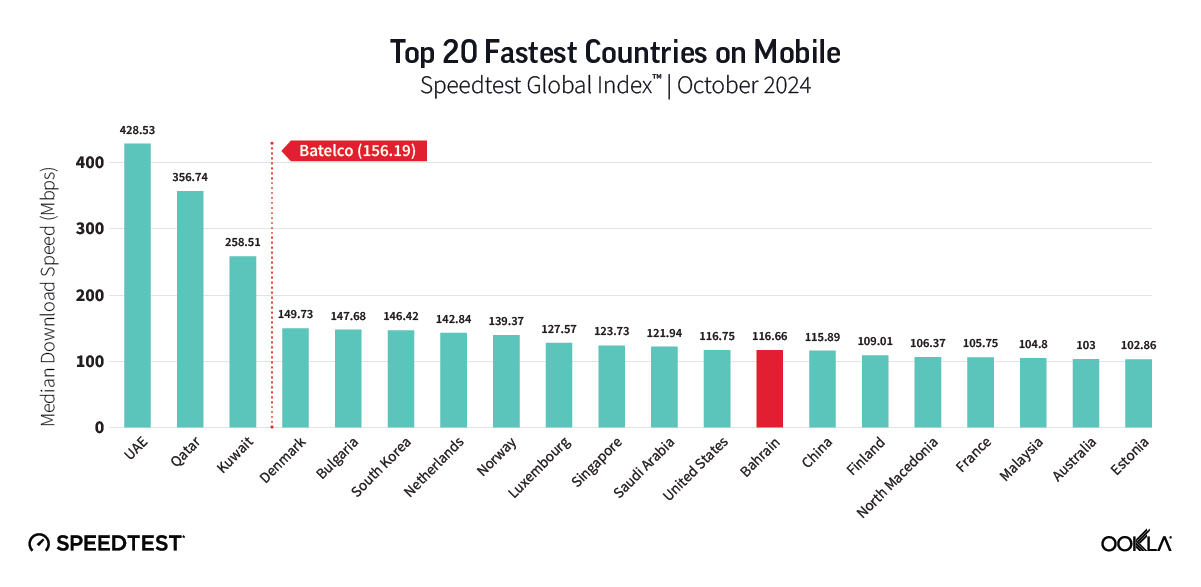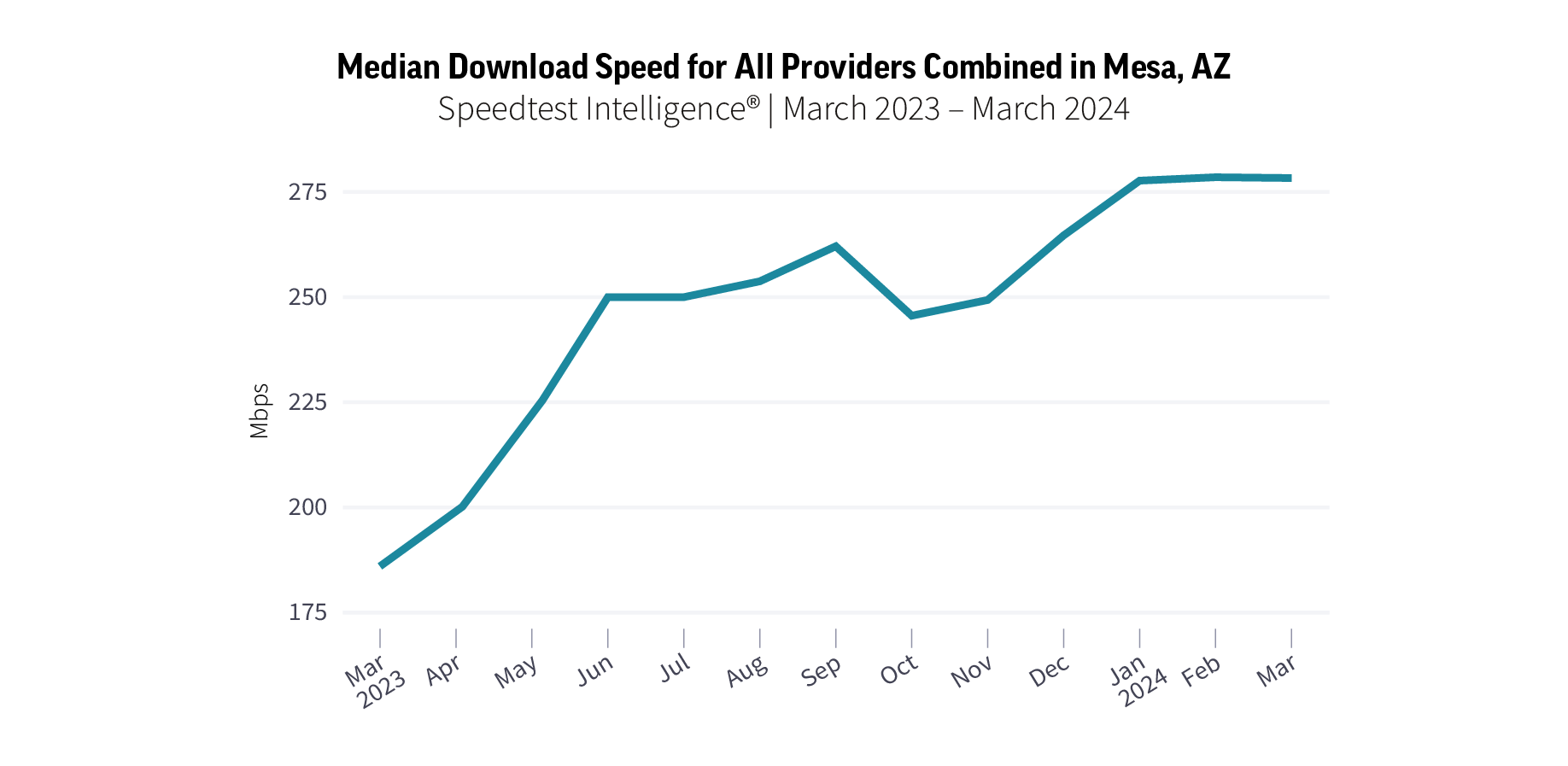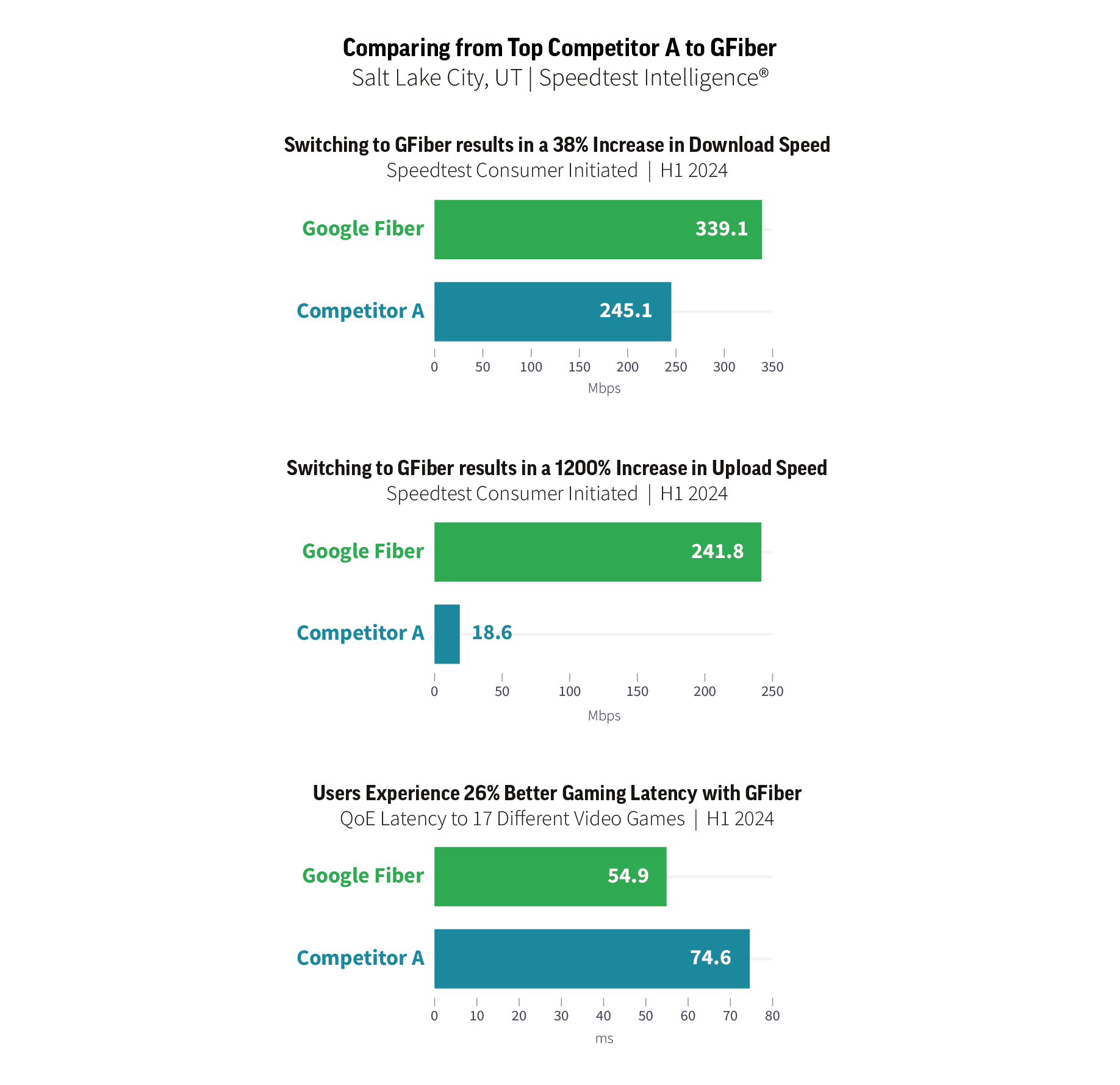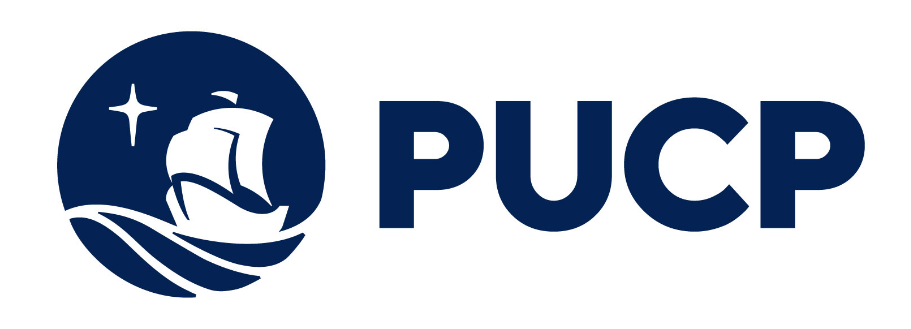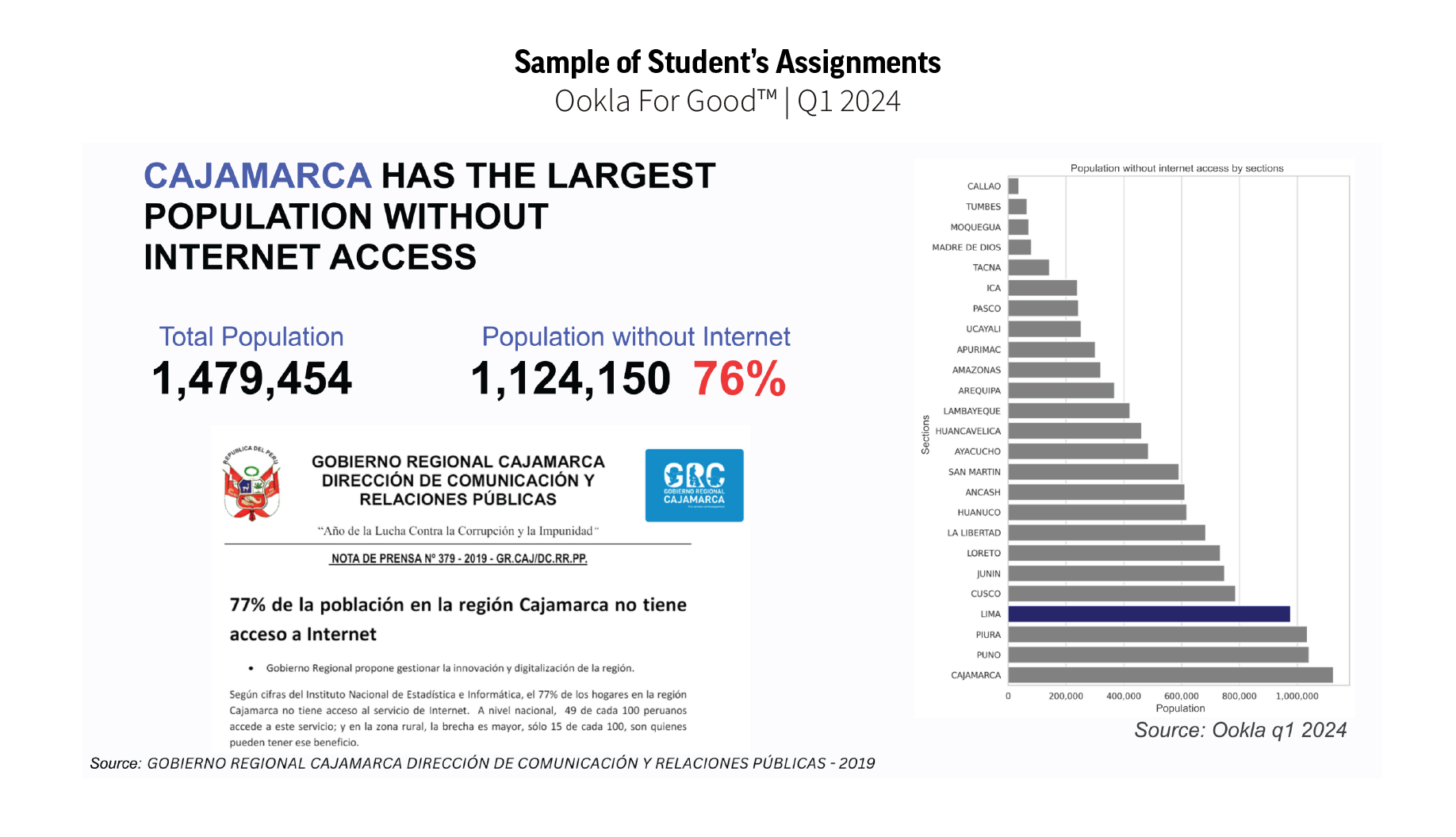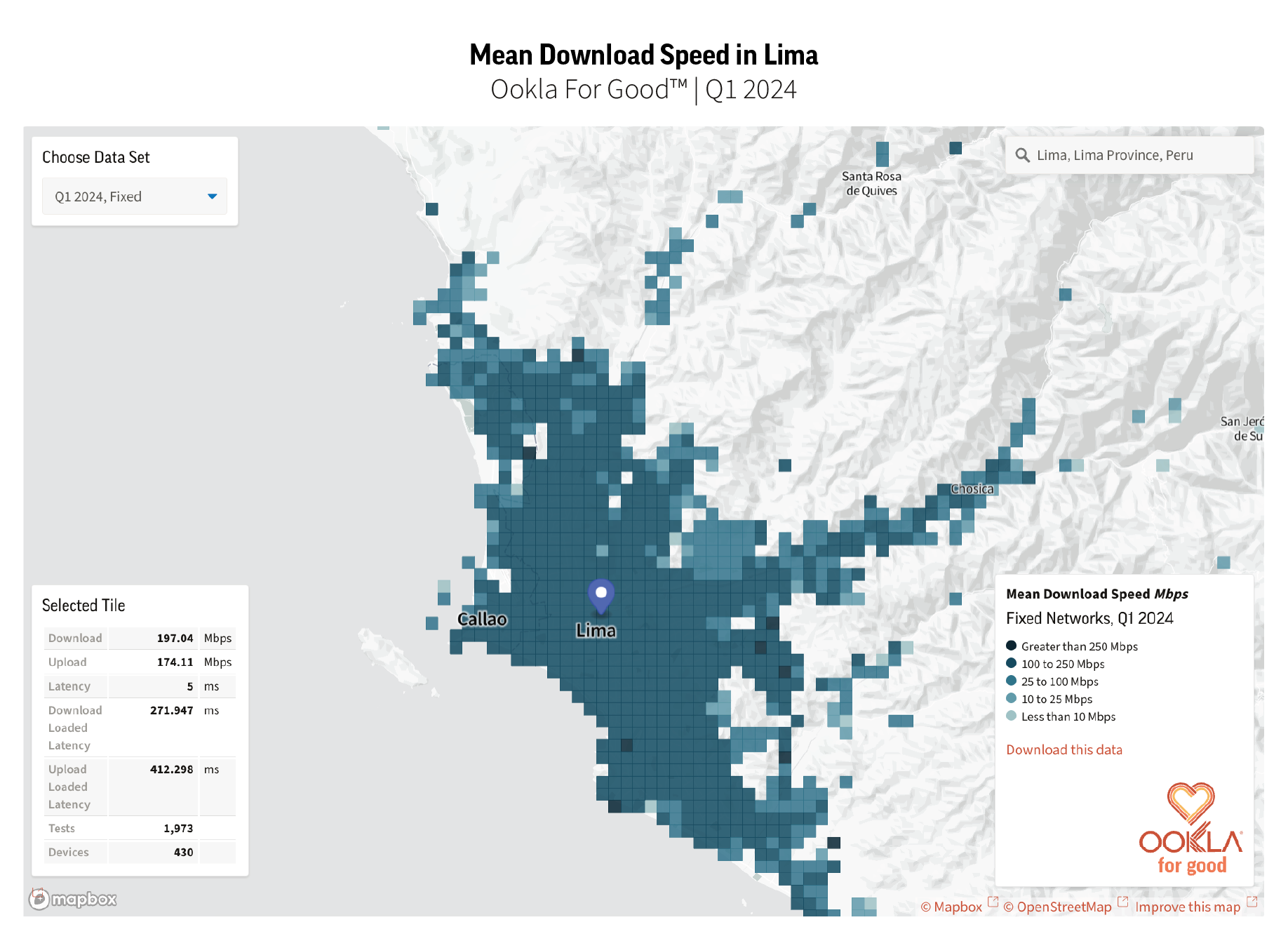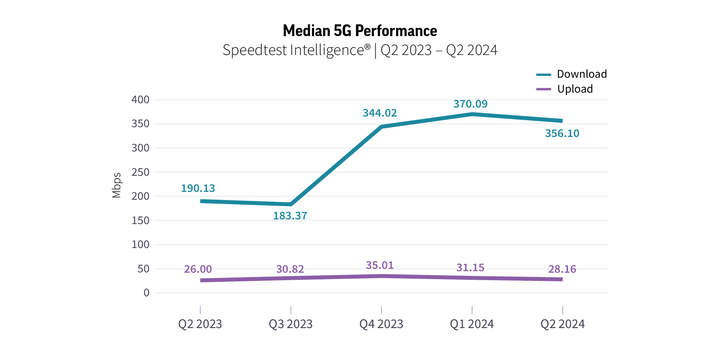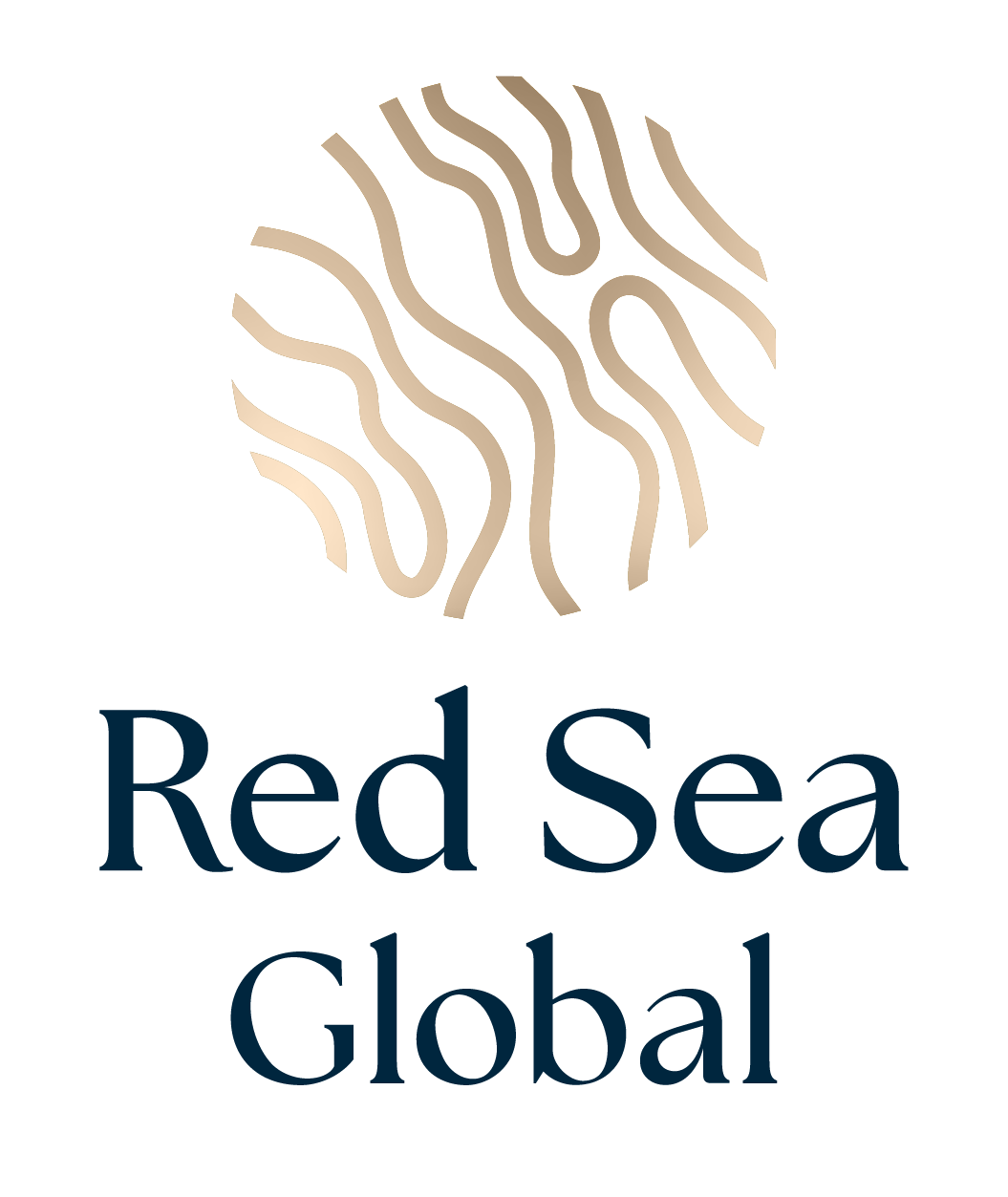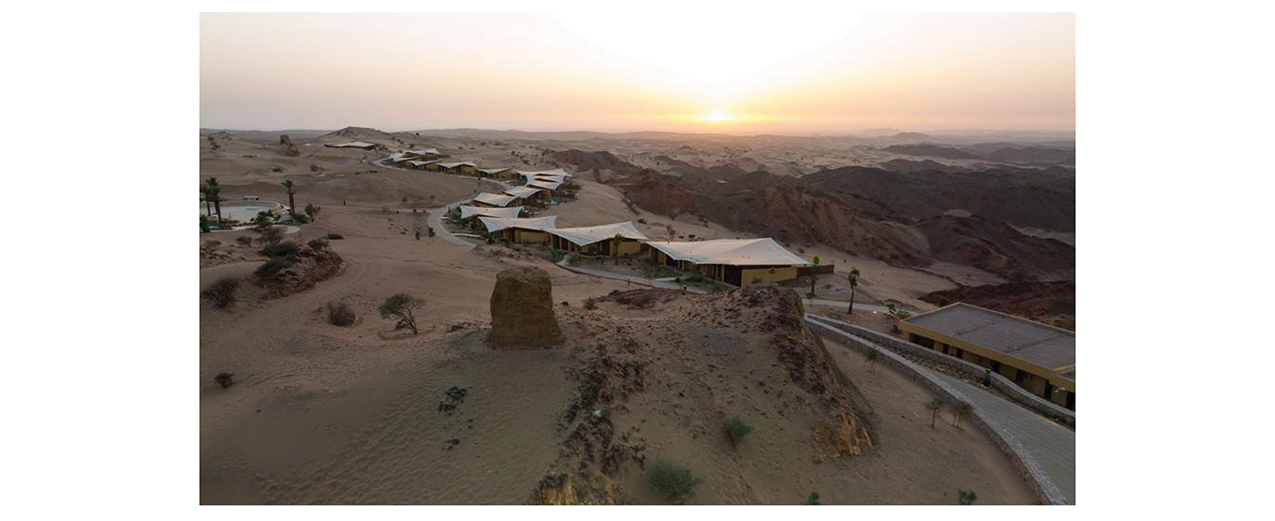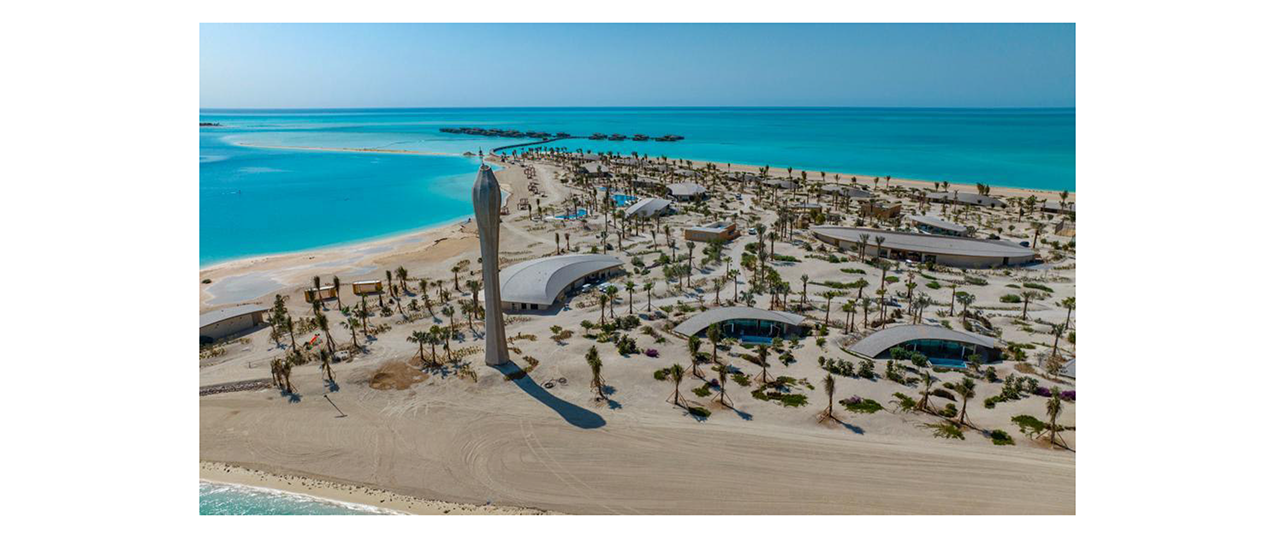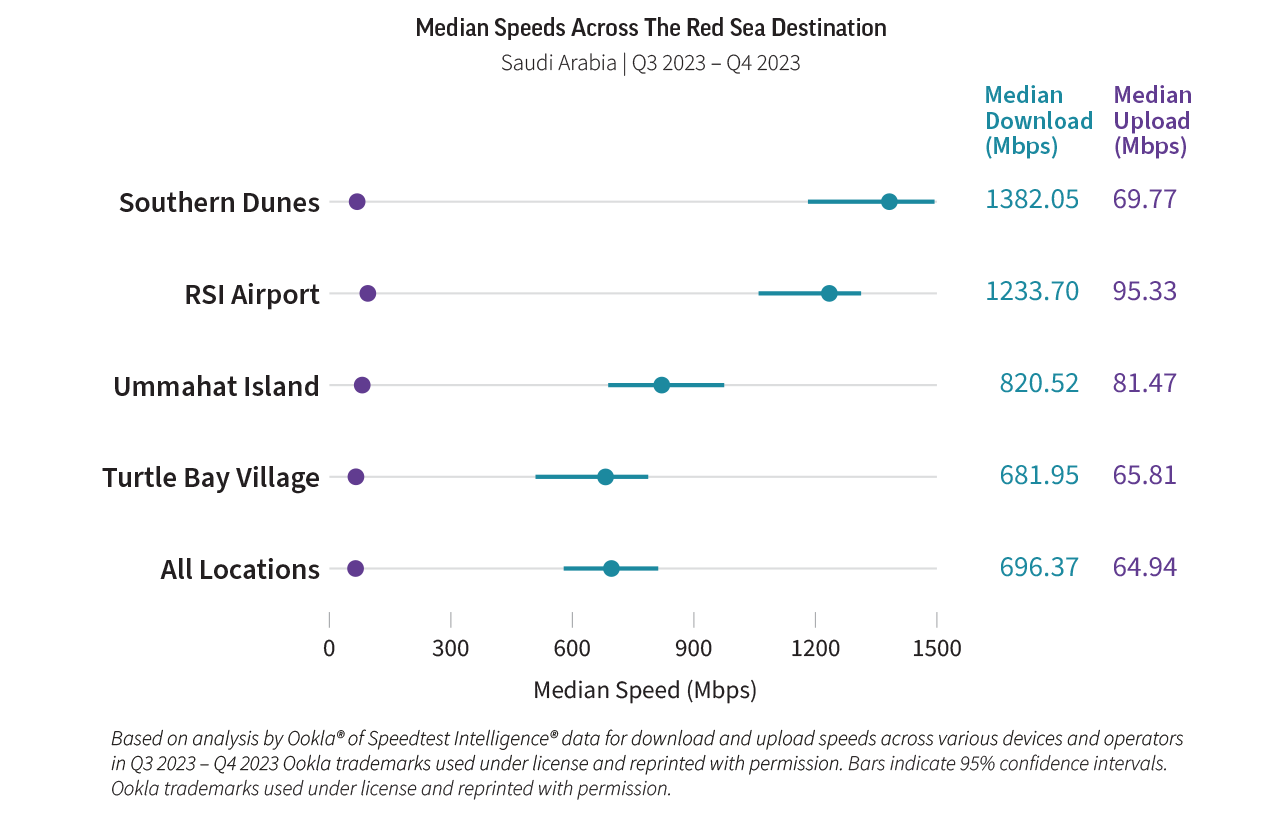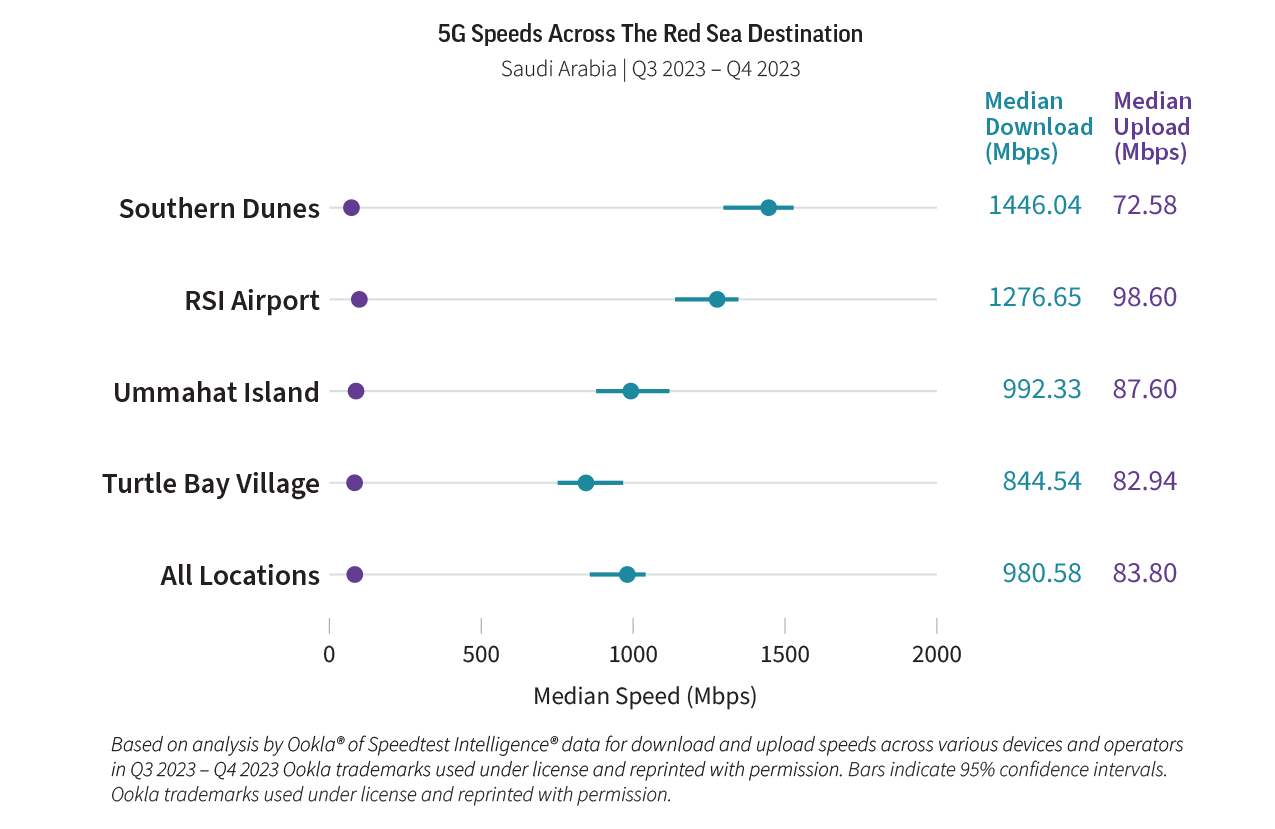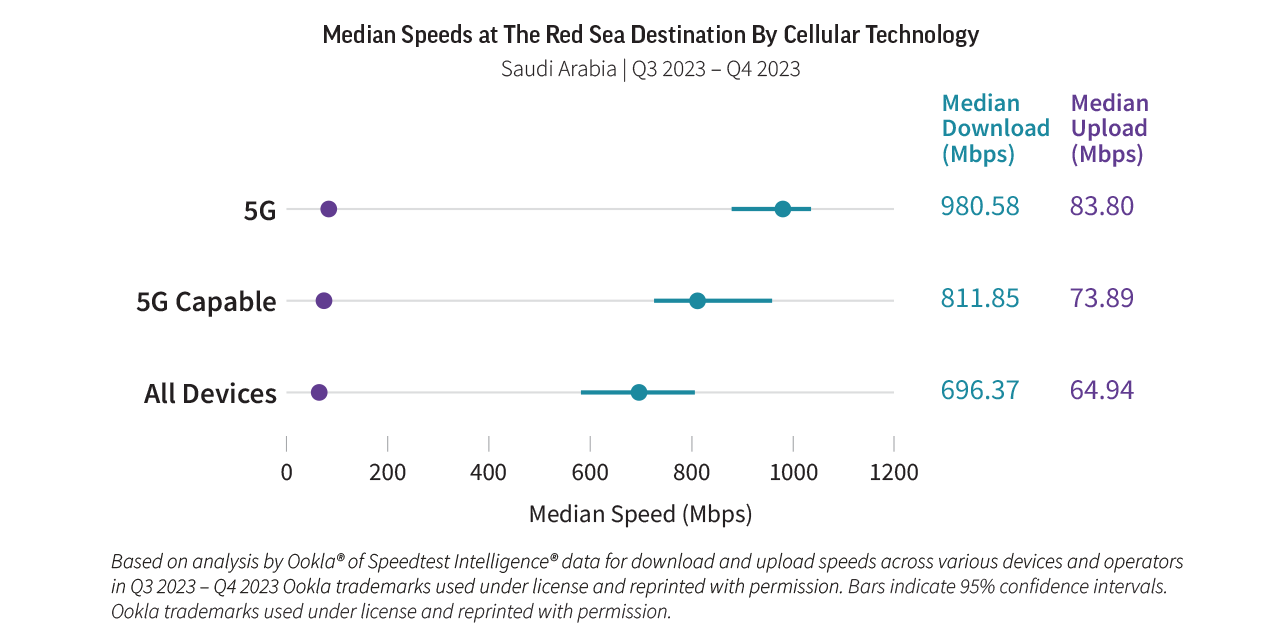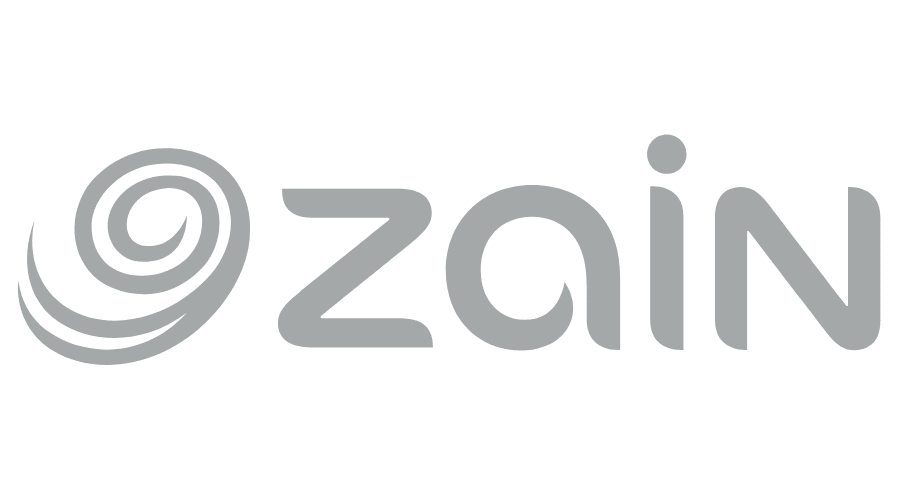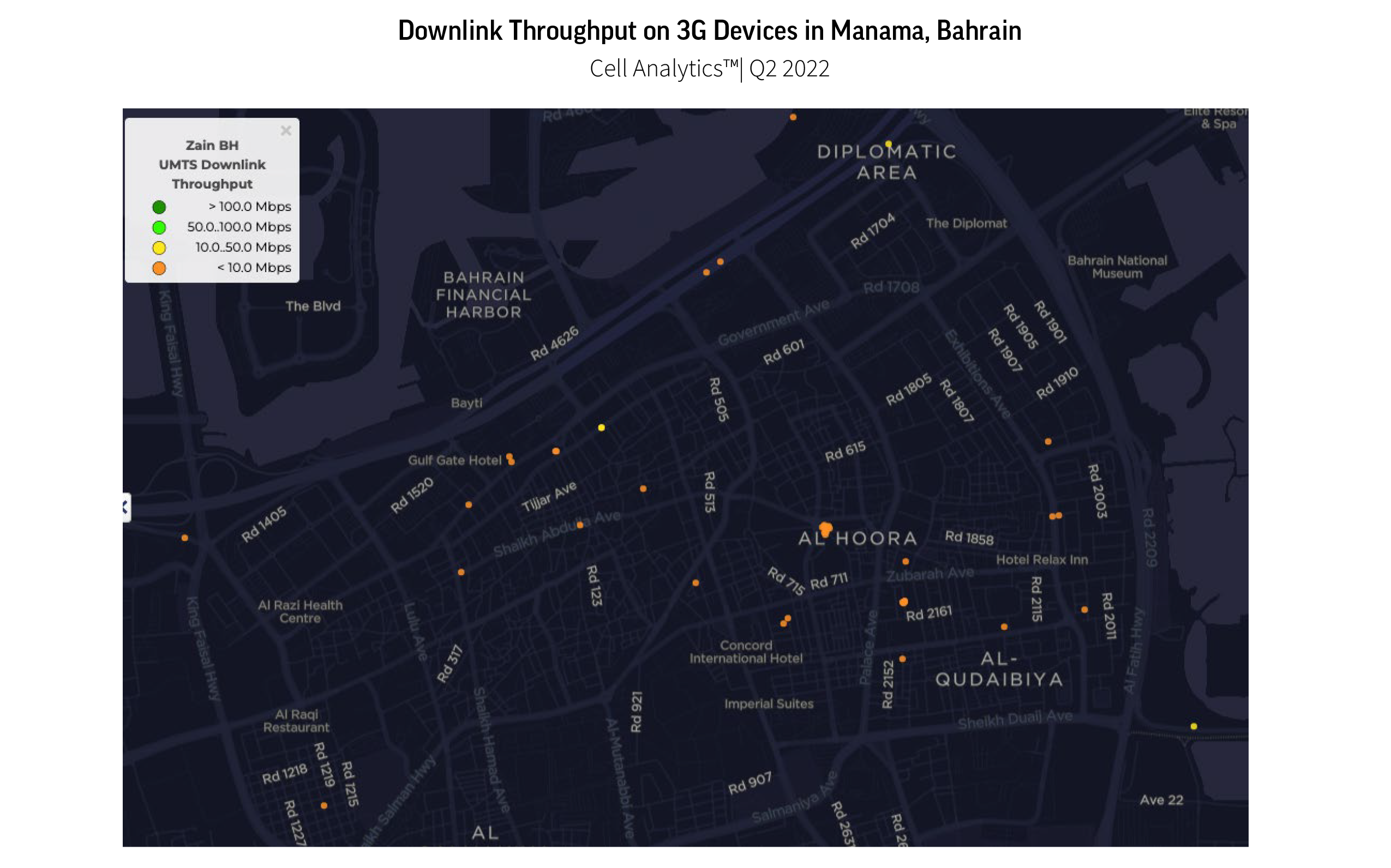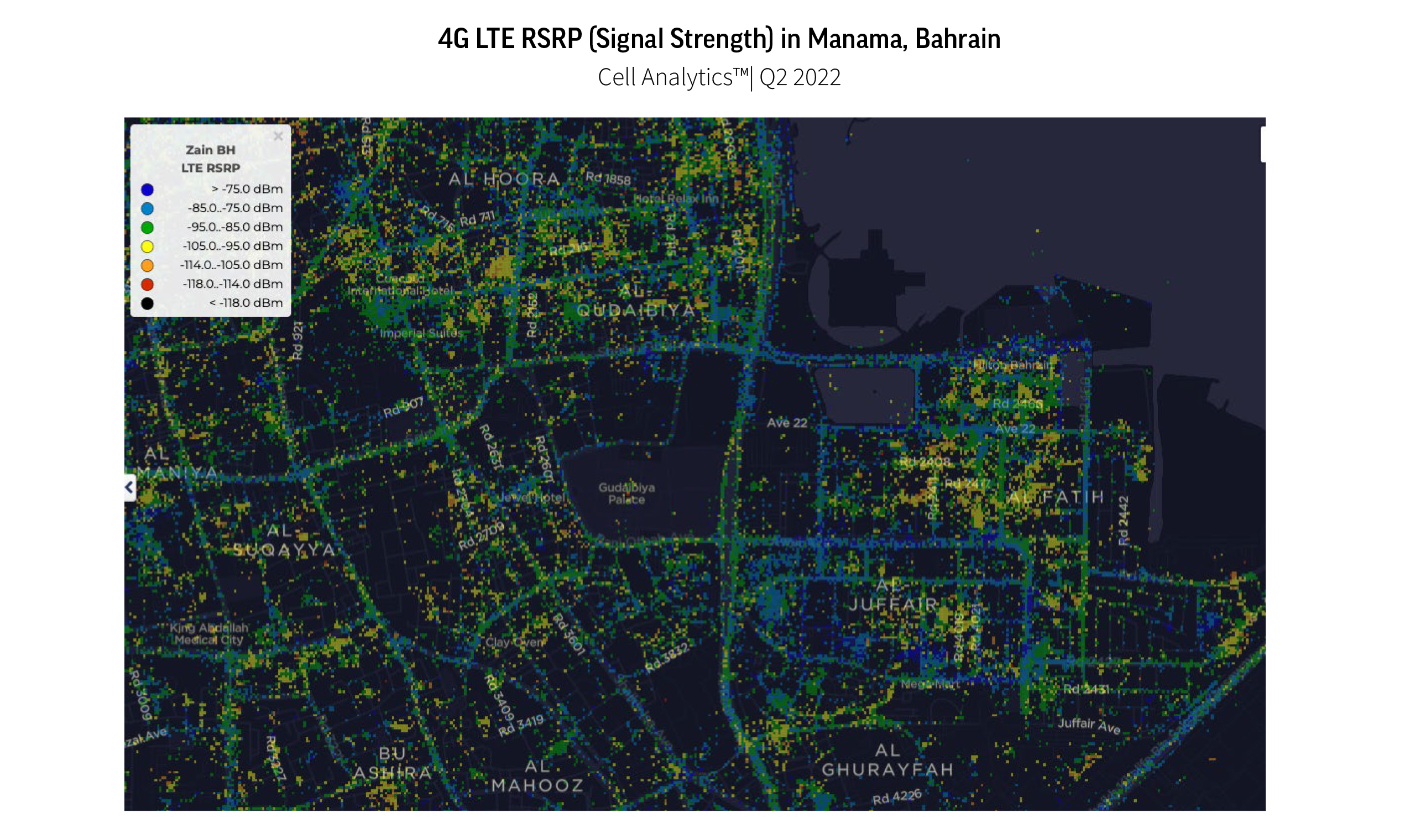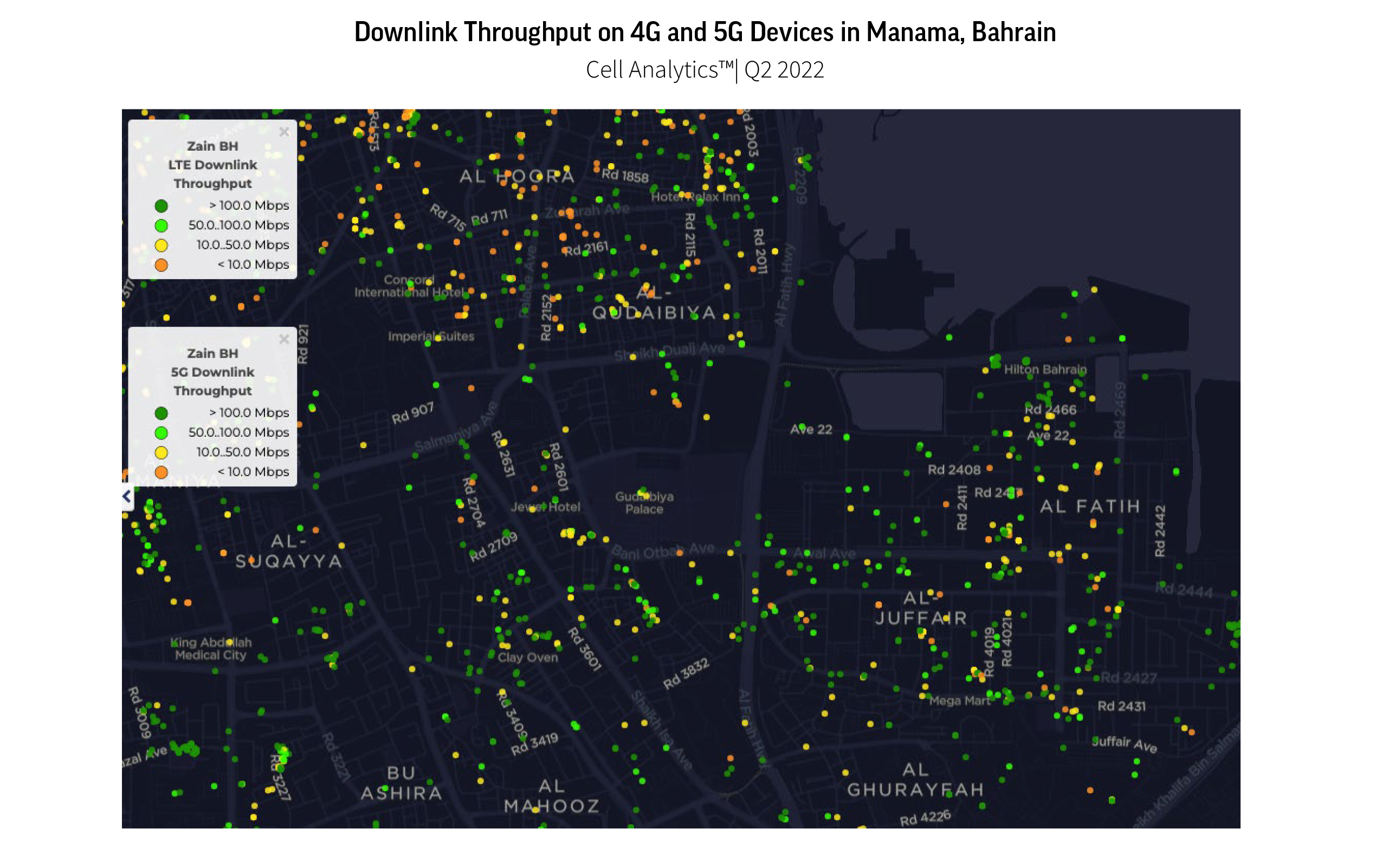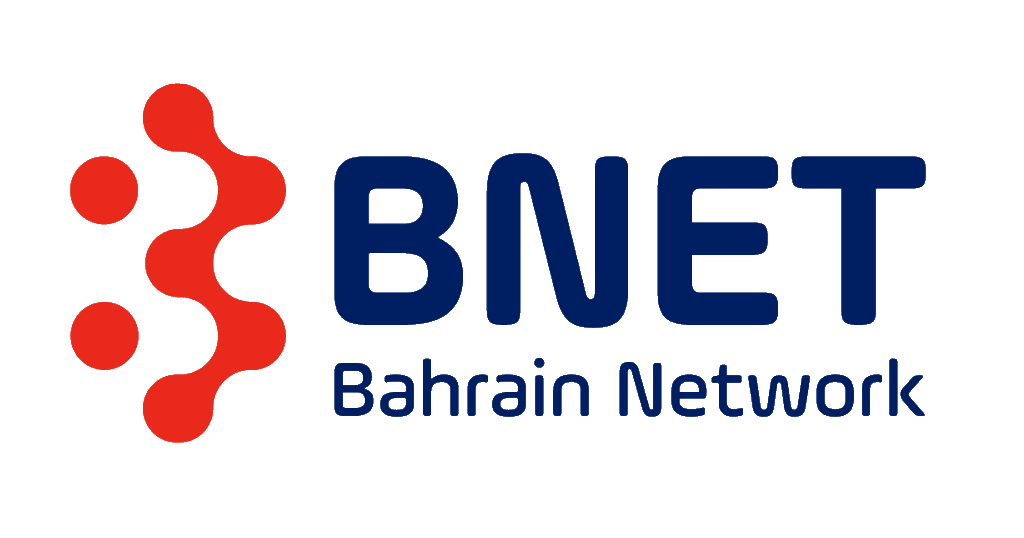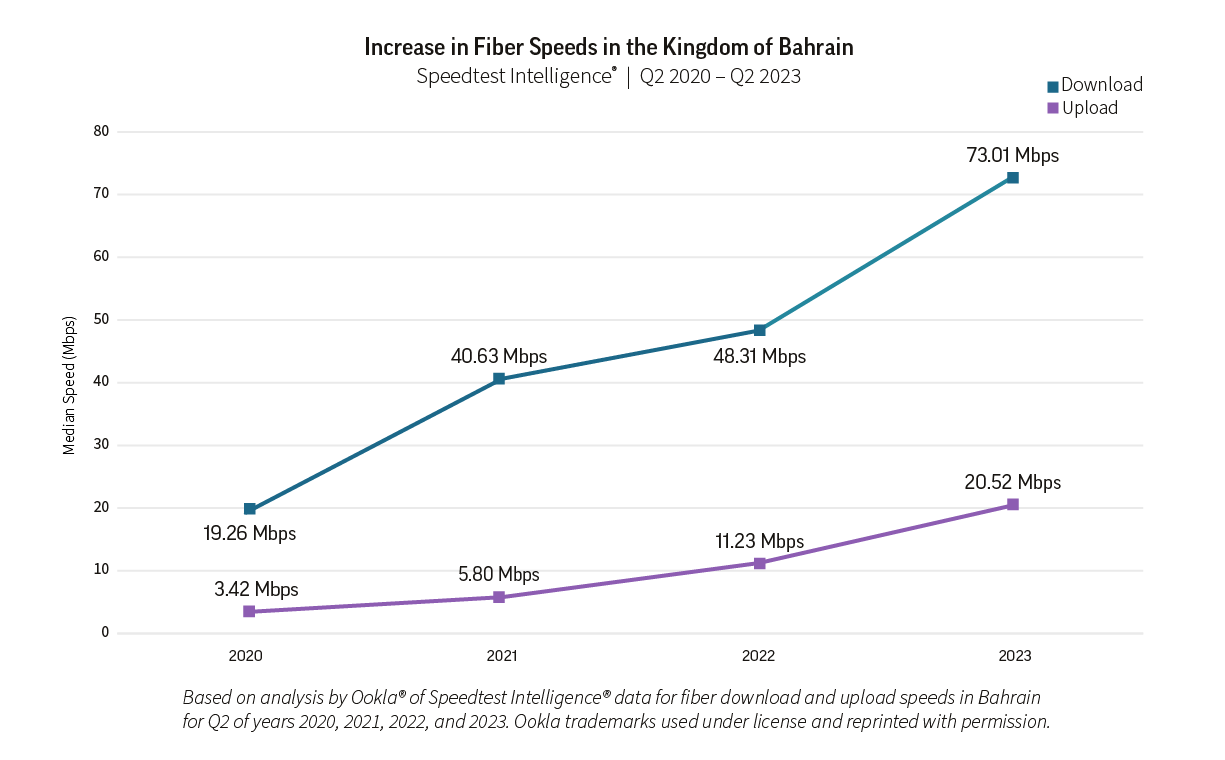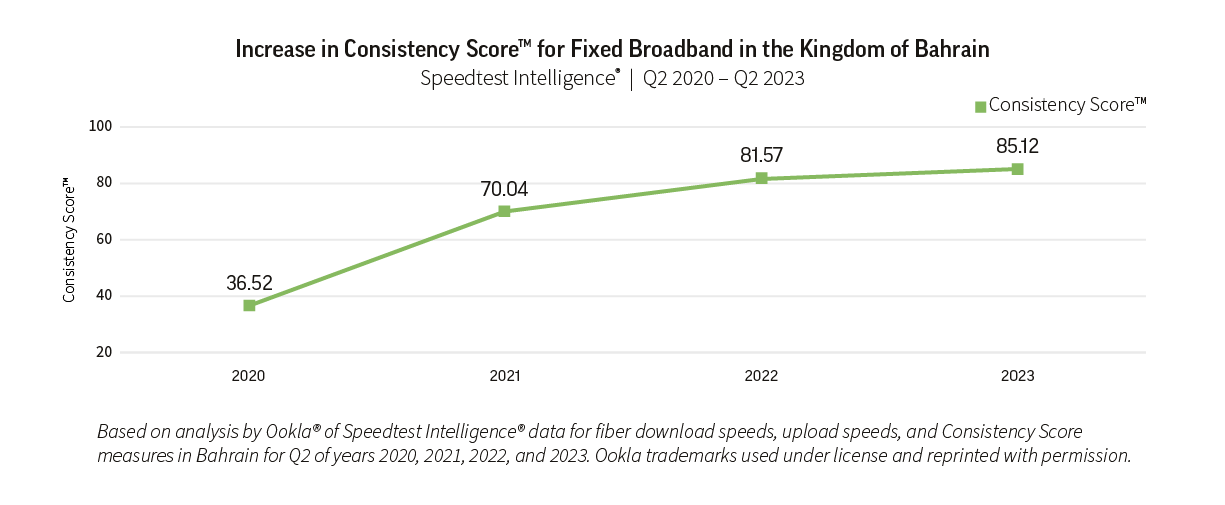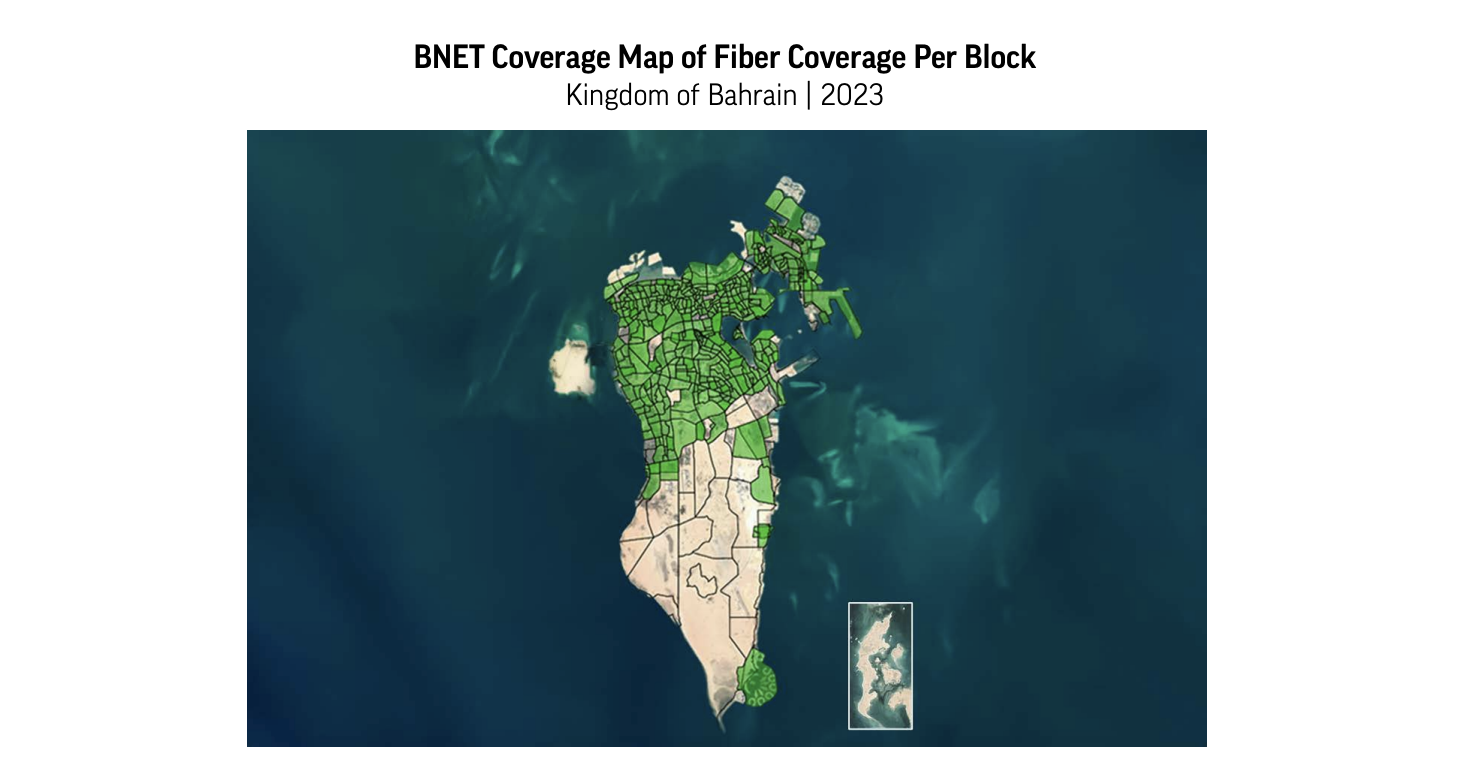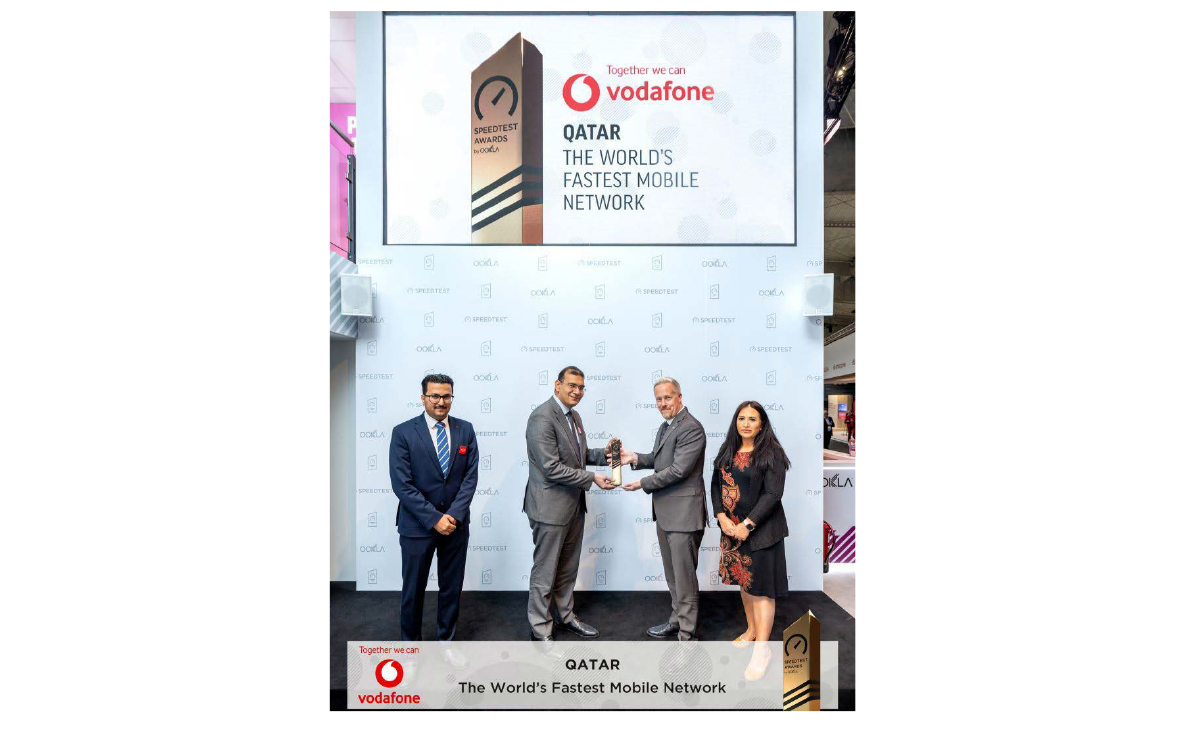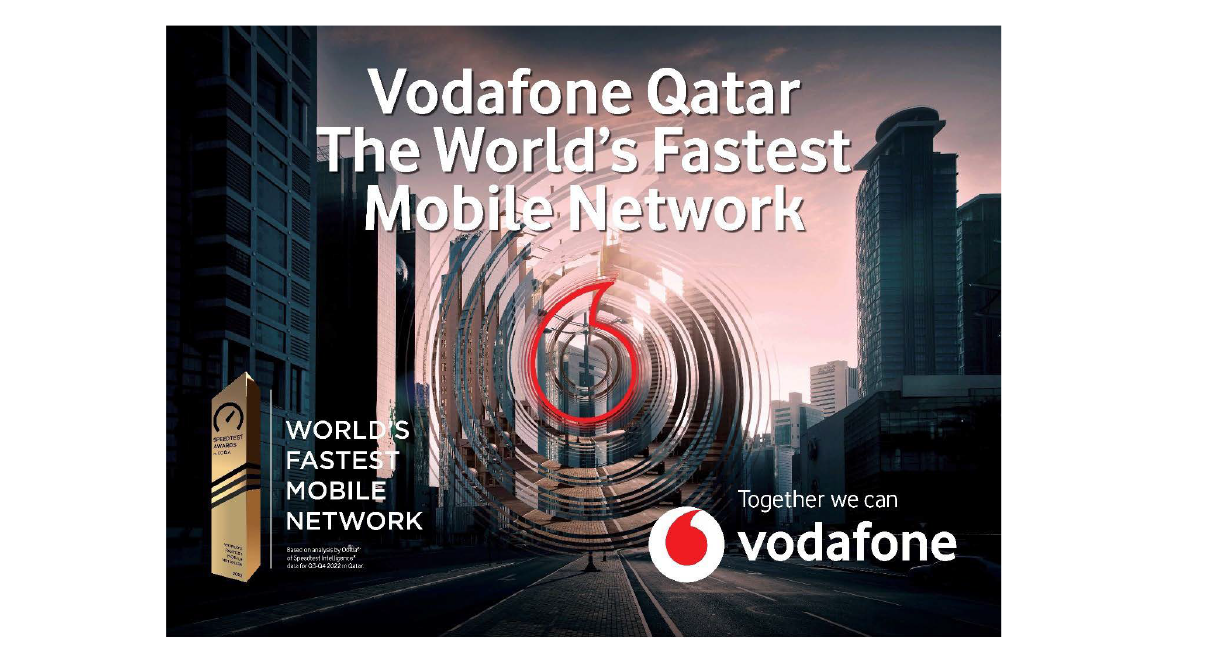
Case Study
How stc Bahrain Is Transforming Indoor 5G Connectivity with Ookla Data
Seamless connectivity has become essential in indoor environments like hotels and shopping malls where people gather, and network congestion can significantly affect the user experience. In Bahrain, telecommunications operator stc Bahrain has adopted a proactive approach to enhancing the indoor 5G customer experience by deploying innovative solutions at premium locations such as The Ritz-Carlton Bahrain and City Centre Bahrain.
stc Bahrain’s initiative leverages Ookla’s Speedtest Intelligence® and Cell Analytics™ platforms, enabling data-driven decisions throughout the entire indoor 5G deployment lifecycle — from network planning and technology implementation to validation of coverage and performance improvements.
Situation
In today’s highly competitive telecommunications market, premium indoor locations represent both a significant challenge and opportunity for network operators. These environments — luxury hospitality venues, commercial centers, and other high-density public spaces — are where customers with 5G-capable devices and premium service plans expect flawless connectivity, yet they’re also the same areas where traditional outdoor network infrastructure often struggles to deliver consistent coverage.
For stc Bahrain, addressing indoor connectivity wasn’t just a technical issue but a critical strategic priority. Premium venues like The Ritz-Carlton Bahrain host international business travelers who demand seamless connectivity for video calls, while retail destinations like City Centre Bahrain require reliable 5G for mobile payments and augmented shopping experiences. Failure to deliver would mean not just dissatisfied customers but potentially losing valuable high-tier clients to competitors who could meet these growing expectations.
To maximize the impact of its investments, stc Bahrain required a precise, data-driven approach to identify indoor areas with poor 5G coverage, strategically deploy solutions where they would drive the most value and validate network improvements. Enter Ookla.
Solution
Indoor connectivity presents unique challenges that traditional network planning methods struggle to address, such as limited signal penetration, complex building layouts, and high user density. These factors demand specialized solutions, with data playing a crucial role in optimizing deployments and validating improvements. stc Bahrain leveraged Ookla’s Speedtest Intelligence and Cell Analytics platforms to overcome these challenges through a comprehensive three-stage process: planning based on real-world data, strategic deployment of indoor solutions, and validation of performance improvements.
Ookla’s platforms delivered transformative benefits by providing a complete view of the actual customer experience in high-priority locations like The Ritz-Carlton Bahrain and City Centre Bahrain, where coverage issues were impacting premium customers. Utilizing a data-driven approach ensured that investments were targeted precisely where they would deliver the greatest impact for users and for the business.
Step 1: Planning
Traditional network planning often relies on theoretical models or limited walk tests, which alone can’t always capture the full user experience. As a result, stc Bahrain needed a more comprehensive approach to understand real-world performance issues.
Speedtest data provided stc Bahrain with proactive network planning capabilities based on actual usage patterns. By continuously monitoring crowdsourced metrics, the team could identify areas with suboptimal indoor performance trends and address potential issues before customers even reported problems.
In addition to allowing for reactive troubleshooting, Ookla’s crowdsourced data eliminated the need for time-consuming and often restricted-access area walk tests. This continuous stream of real-world measurements provided stc with a comprehensive view of 4G and 5G signal conditions within buildings, overcoming the limitations of manual inspections. With readily available connectivity intelligence, stc could efficiently identify coverage gaps and gain valuable insights into actual user experiences, enabling faster and more targeted indoor network improvements.
The company used Cell Analytics to monitor indoor 5G coverage and identify gaps, while Speedtest Intelligence provided real-world insights into download and upload speeds, latency, and jitter — offering a holistic picture of the customer experience.
This combined data analysis revealed a critical insight: certain high-traffic hotspots, including The Ritz-Carlton Bahrain and other premium venues, showed almost no 5G usage despite high overall traffic. Further investigation identified a significant population of users with 5G-capable devices who were connecting only to 4G networks due to limited indoor 5G coverage — representing an immediate opportunity to enhance service for existing premium customers.
Step 2: Deployment
With clear insights into coverage gaps and performance issues, stc Bahrain needed an efficient solution that could deliver robust 5G connectivity in challenging indoor environments without extensive infrastructure changes.
stc Bahrain implemented Huawei’s Digital Indoor System (DIS) solution at the key locations it identified. With its compact design and efficient deployment model, the DIS system delivers high performance, supports both 4G and 5G, and enhances the user experience.
Step 3: Validation
Network improvements require rigorous validation to ensure they deliver the promised benefits. Without objective measurement, it’s impossible to quantify the return on investment or identify areas needing further optimization.
After deployment, stc Bahrain validated the improved speeds and coverage at both The Ritz-Carlton Bahrain and City Centre Bahrain using the same Ookla tools, confirming significant performance gains, including achieving gigabit-level 5G download speeds.
Outcome
Leveraging insights from Ookla’s analytics platforms, stc Bahrain implemented a targeted 5G solution that has dramatically transformed the indoor connectivity landscape at key premium venues. The before-and-after contrast at locations like The Ritz-Carlton Bahrain and City Centre Bahrain tells a compelling story of network evolution and a better overall user experience.
Where visitors previously experienced spotty connections and inconsistent service, they now enjoy seamless, high-speed connectivity throughout these same places. Ookla’s performance metrics reflect this transformation, with 5G speeds reaching the gigabit threshold that enables truly next-generation experiences.
For guests at The Ritz-Carlton Bahrain, the improved network means seamless video conferencing for business travelers, uninterrupted high-definition streaming for leisure guests, and reliable connectivity for the growing array of IoT services that luxury hotels now offer. Similarly, at City Centre Bahrain, shoppers and retailers alike benefit from fast, dependable connections that support mobile payment systems, interactive shopping experiences, and social media sharing.
Perhaps more importantly, this project has established a repeatable, data-driven process that stc Bahrain is already applying to other high-profile locations. The company plans to roll out similar indoor improvements at several major venues across Bahrain including Marassi Mall, the Exhibition Center, The Avenues Mall, and other prominent hotels and retail destinations.
These indoor 5G deployments will allow stc to provide consistent and robust coverage throughout The Ritz-Carlton Bahrain, City Centre Bahrain, and future expansion sites, reinforcing stc Bahrain’s position as a leader in delivering exceptional network performance and customer experience across the Kingdom.
To learn how your organization can utilize Ookla’s Speedtest Intelligence and Cell Analytics platforms, just reach out to our team.
About stc Bahrain
stc Bahrain, a subsidiary of stc Group, is a telecommunication operator in Bahrain. Since its inception in 2010, stc Bahrain revolutionized the telecommunications industry in the Kingdom of Bahrain and quickly became a market leader, a position that it kept to this day through investing in next-generation technologies and introducing innovative solutions to the people of Bahrain.
Ookla retains ownership of this content, including all of the intellectual property rights, data, images, graphs, and analysis. This content may not be quoted, reproduced, distributed, or published for any commercial purpose without prior consent.
